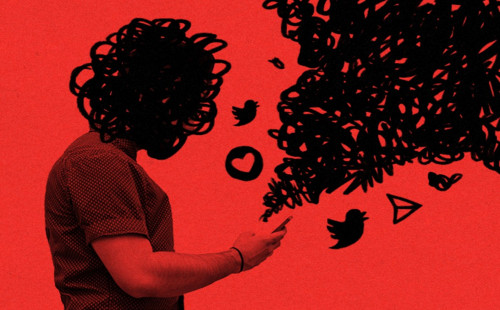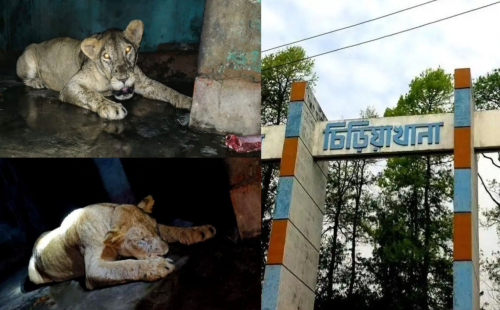Toxic spirit and sensationalism

Five students of a private university went to a restaurant at Uttara to get a drink. Little did they know that their youthful venture would turn out to be national headlines: two died, while others got arrested! The cause of death was probably adulterated alcohol. Doctors who attended one of the patients in her dying hours mentioned alcohol poisoning. The police knew all too well that before the availability of the viscera report the cause of death could not be ascertained. A section of the newspapers and the electronic media cried rape citing the allegations made by the father of the victim. The victims were named, the institution to which they belonged were slandered, and the friends who tried to help were taken on police remands.
On the same day, members of a
"reputed" PR house went out on a similar retreat in an upscale
suburban resort. Adulterated alcohol took the lives of three employees, blinded
one and a few others are still in critical conditions. Media blurred the names
and downplayed the incident. The first incident was sensationalised because an
aggrieved father, who probably could not process the fact that his daughter was
going out with a boyfriend resulting in her death, filed a rape case. The
second incident was muffled by the same media probably because the PR house is
a great source of their ad revenues. Something is toxic here!
There have been about 30 deaths caused by
toxic liquor in the country in January alone. The most number of casualties are
from Bogra where 11 people died after consuming spurious spirit. The last news
evaporated as is the fate of most news from outside of Dhaka. But the first one
refuses to go away, perhaps because "rape" sells. Even when there was
no act of forceful violation of the body, the media knows that the very idea
titillates the imagination of the public. The media knows their public all too
well. They keep on pouring stuff they like. They are filling up the glass of
imagination for their audience and readers so that the punters get intoxicated
with ideas. Let's unpack the situation, and try to discern who or what is toxic
in this situation!
Everyday people die all over the world from
the consumption of adulterated alcohol. "The magnitude of this issue is
unfortunately huge considering that 25 percent of the alcohol consumed around
the world is counterfeit" ("Food Fraud", Neogen). There is a
growing tendency all over the world to distil methanol (the spirit normally
used in industrial and household products such as pesticide, varnish etc.) and
mix it with some cheap products such as burnt sugar and colour to pass it as
ethanol—the edible spirit. To make and save a few takas, the spirit makers
indulge in a dangerous business.
Then there are the people drawn to this spirit
for recreation purpose, for chemical dependency, or for social bondage. I am
not in a position to make a judgement call to label it as right or wrong. There
are cultural and religious gatekeepers to do so. Some may find such a culture
of alcohol consumption toxic; others may find it sociable. And both stand on
solid grounds to defend their stances.
In Bangladesh, I have been told, you need to
carry an official license (i.e. medical certificate) in order to drink legally.
I guess such certificates too can be easily doctored for regular club goers and
habitual drinkers. I do not know whether the two students of a private
university and the three employees of a private firm who died from adulterated
alcohol are regular drinkers or not. I am rather intrigued by the representation
of their deaths in the media.
Let's begin with the word "private",
for instance. The word roots back to 14th century, meaning, "pertaining or
belonging to oneself, not shared, peculiar to an individual only;" of a
thing, "not open to the public, for the use of privileged persons;"
from Latin privatus "set apart (from what is public), belonging to oneself
(not to the state), peculiar, personal."
The purpose of these two groups was to partake
in a "private" activity of leisure. It was not meant to harm anyone
or any institution. But the moment their "private" affairs took one
wrong turn, different institutions got involved (e.g. police, hospital, media,
lawyers and so on). And the moment the private and the public collided, bang,
there was news! Now, the question
arises, why use "private" as a modifier? Isn't "a student"
a student irrespective of her institutional public/private affiliation? Or is
there another ore that can be mined to make it a lucrative mineral commodity.
Power and money are two steering forces that transform the face of the private
in the public.
Again, the general perception is, the private
is the locus of the privileged: private schools, private universities, private
banks are placed where stakes and perks are higher. The reality perhaps is far
from it. Yet the perception persists that only the rich people's children go to
private institutions. Therefore, any "public" opportunity to
cerebrally berate them can be self-gratifying for those outside the "private"
realm. They get more traction when the private walls are eroded and the public
eyes can pry. I am reminded of the American writer William Faulkner's short
story "A Rose for Emily" where the whole town shows up after the
death of an aristocratic woman who lived a private life. Her privacy was
intruded, and her secret affair was revealed at the expense of her previously
well-guarded reputation, and it became a source of juicy gossips.
The news media is well known for spreading
gossips. Editorial choices as well as selective and manipulated representations
are responsible for spin-offs, maximising content reach via algorithmic
manipulation. The supply-demand nexus change the mindset of the audience. The
editors know that there is a demand for sensational news; by the same token,
they supply news that will create a niche for such news. The irony is, more and
more private channels are coming up, to make the private public. In a rat race,
all are trying to become trendsetters and norm-breakers, soliciting likes and
subscriptions.
Mainstream news channels too are morphing to
walk the walk and talk the talk. Some are curating their contents for an online
audience. Images are used to spice up the news. Visual clues are given to guide
the perception of the audience in one direction. For instance, images of the
private party in which the students had their drinks are recreated to excite
the imagination of the audience. The media trial influences the other legal
agencies and public bodies to address such toxic behaviour. They looked for
something extra. They found something extra in the words of an involved party
who was not in the right frame of mind to see through things. Victim shaming
goes on as the dead cannot speak.
Now tell me, of all the spirits in which the
news was tabled, which one do you find toxic?
Shamsad Mortuza is Professor of English (on
leave), University of Dhaka and Pro Vice Chancellor, University of Liberal Arts
Bangladesh (ULAB).
















